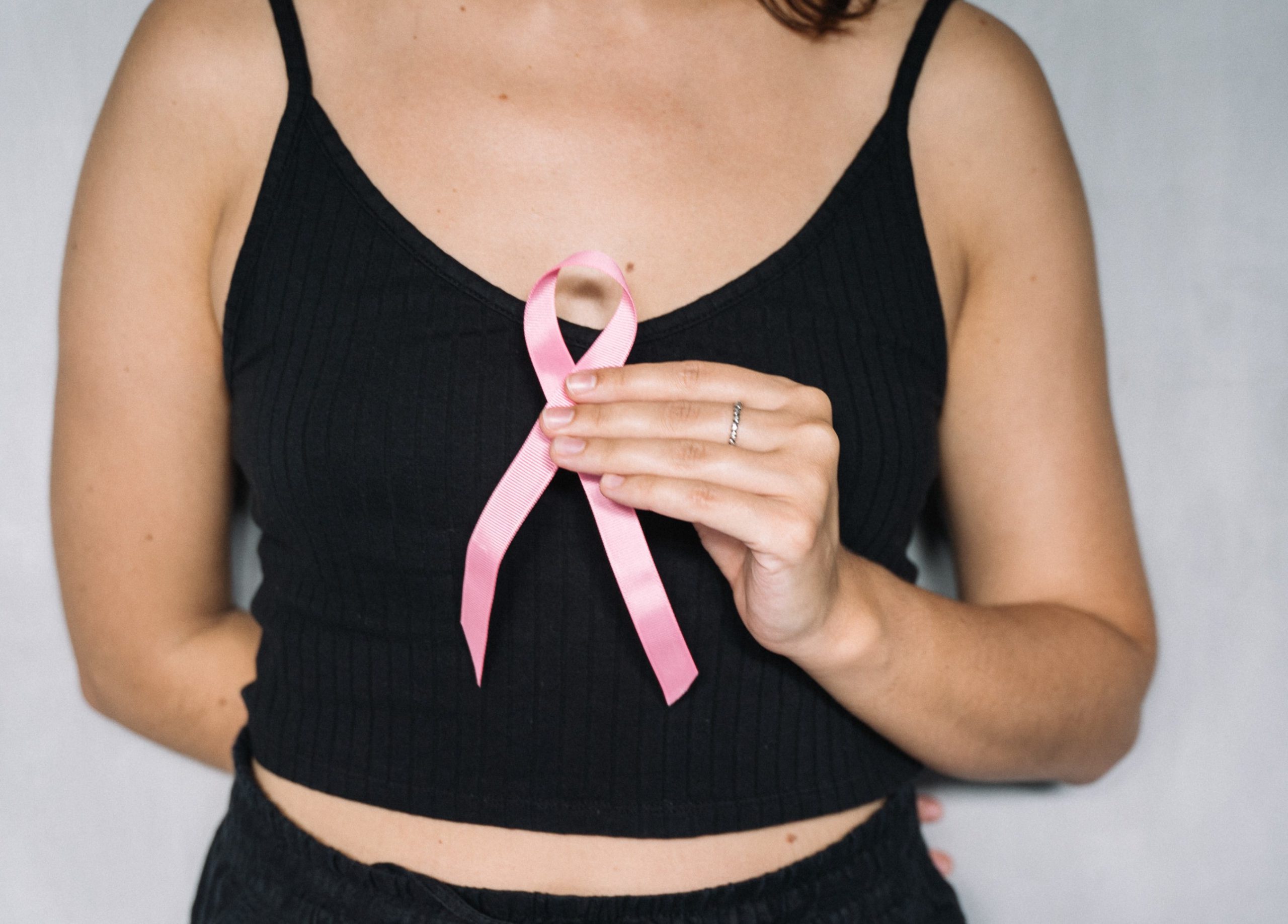Love yourself, love your breasts
Attention Ladies: Pink October is here! This global movement involves organisations and campaigns from all over the world, special edition products from international brands where profits are funneled to fundraising efforts, as well as the famous sightings of monuments turning pink in support of the fight against the illness.
However all the glamour and hype aside, this is the time to bring awareness to breast cancer, by creating conversation and sharing information about women’s health especially with the fellow women in our lives, whether your mother, daughter, sisters or girlfriends.
According to the Malaysian Breast Cancer Foundation, every 1 in 19 women in our country is at risk of developing breast cancer, making it the most common form of cancer for our local female population. A report by the Malaysian National Cancer Registry released in 2019 also reported a rise in the incidence of breast cancer in the country.
How does breast cancer occur?
According to the Malaysian Breast Cancer Foundation, breast cancer occurs when cells in milk-producing glands or ducts become abnormal and divide uncontrollably. These abnormal cells then invade the surrounding breast tissue, and may eventually spread via blood vessels and lymphatic channels to other lymph nodes, lungs, bones, brain and liver.
Risk factors
A number of uncontrollable as well as changeable risk factors may affect one’s likelihood to develop breast cancer in their lifetime, from genetics, age/menopause, family history, reproductive history, hormone therapy, as well as lifestyle factors such as obesity, drinking alcohol and not being physically active.
And while breast cancer can seem like a scary possibility for any woman, the good news is, it remains a treatable cancer when detected early.
The importance of self-examining your breasts
Most of the time, changes in our own bodies are something we notice first before others notice in us. This is especially true with intimate areas such as the breasts, which are usually covered and not seen by others, except perhaps one’s spouse. This is why the breast self-exam is a vital part of monitoring your health as a woman, and grows increasingly important with age.
How to perform a breast self-exam

Step 1: Visual check
Starting with looking at yourself in the mirror, look for any visible abnormalities in your breasts, such as changes in size, shape or symmetry, out of place dimpling, or if either or both nipples are nipples are turned in or inverted.
You can also look at your breasts again with both your arms raised.
Step 2: Manual check
While in the shower, or even better while lying down (as it allows for your breast tissue to spread out, making it easier to feel). Using your fingers, press your breast, one at a time, to feel for any lumps. Taking your time, perform your self-exam in a methodical pattern so you know you have covered all parts of your breasts, such as starting at the top of your breast and following a clockface, then moving to the middle ie. nipple area of the breast.
When to see a doctor, or schedule a mammogram
Depending on if you believe you might have found something alarming during your self-exam, or if you are someone with known risk factors for breast cancer, you can schedule an appointment with your doctor to discuss your concerns and schedule future steps for monitoring your risks.
Self-examination tips adapted from MayoClinic.
